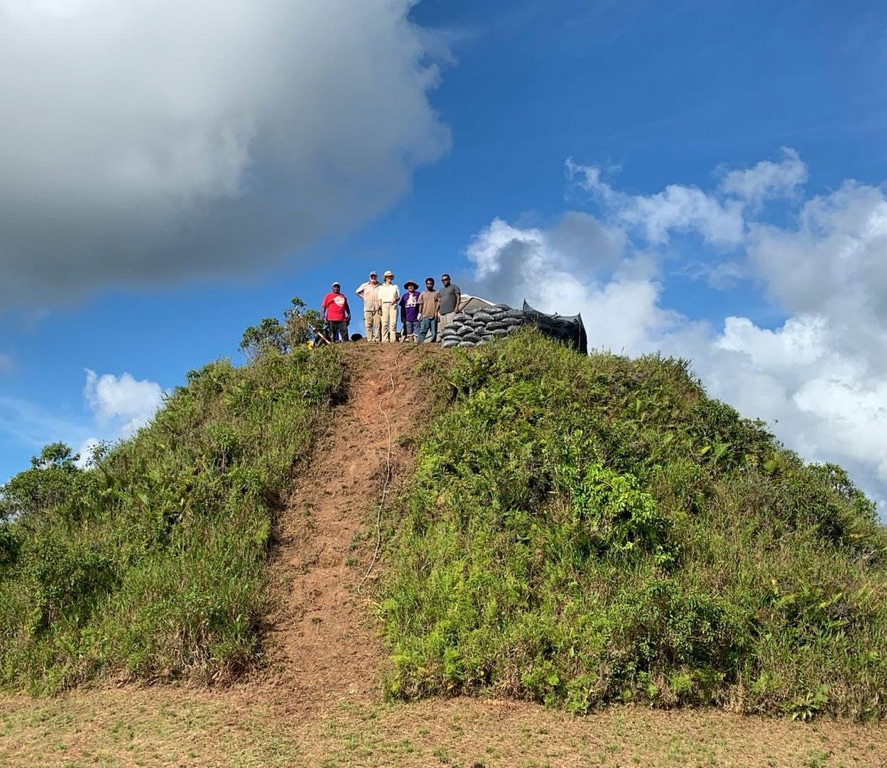Palau’s Green Pyramids stand as a testament to the rich history and cultural significance of this tropical paradise. These earthen mounds, blanketed in lush greenery, offer a picturesque view that attracts history buffs and nature lovers alike. Delving into their origin, one discovers that these aren’t just natural formations but remnants of ancient civilizations. The pyramids hold clues to the archipelago’s early inhabitants and their way of life. With such a blend of natural beauty and historical mystery, the Green Pyramids beckon adventurers to explore their hidden stories.
Ancient Mysteries
Ancient mysteries captivate the imagination, teasing the curious with questions about our past. From the purpose behind the construction of Stonehenge to the methods used to build the Pyramids of Giza, these enigmas present puzzles that historians and archaeologists strive to piece together. The allure of these ancient mysteries extends to places like the Nazca Lines in Peru – huge geoglyphs etched into the desert whose intended audience seems to be the gods above. Each of these ancient mysteries serves as a reminder that despite our advancements, there remains much about the ancients that we do not understand.
Another realm of ancient mystery is the lost city of Atlantis, first described by the philosopher Plato and yet to be discovered, if it ever truly existed. Similarly, the disappearance of the Mayan civilization and the cause of the collapse of the Bronze Age arouse curiosity and speculation. Unraveling the mysteries of the ancients isn’t just about solving puzzles; it’s about connecting with our heritage, learning about human ingenuity, and understanding how ancient cultures have shaped the modern world. These ancient history mysteries continue to be a fertile ground for research, debate, and exploration, inspiring every new generation to learn and discover.
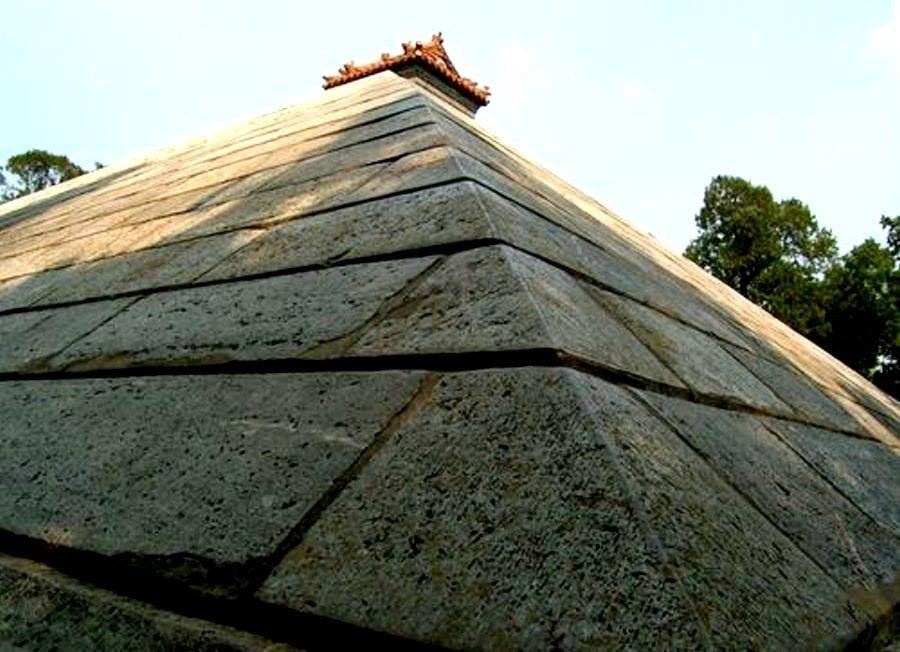
Mausoleum of Shaohao
The Mausoleum of Shaohao, steeped in history, stands as a lasting tribute to the last Heavenly Emperor of Ancient China. According to legend, Emperor Shaohao, known for his wisdom and fairness, is buried within its revered walls. This ancient tomb not only marks his final resting place but also serves as a symbol of the enduring cultural heritage of China. Visitors and scholars alike are drawn to the mausoleum for its profound historical value and the rich stories of the Emperor’s legendary contributions to Chinese civilization.
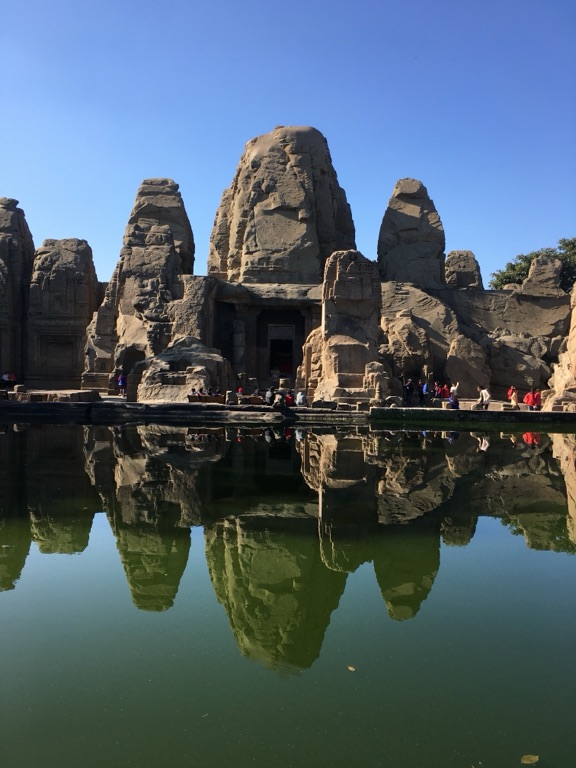
Masroor Rock Cut Temple
The Masroor Rock Cut Temple stands as a testimony to North India’s bygone era. Nestled in the Kangra Valley of Himachal Pradesh, this enigmatic complex boasts 15 monolithic temples. They are shrouded in the lore of the Pandavas from the epic Mahabharata. Most striking is the temple’s detailed carvings, resembling the grandeur of the Ellora Caves. This architectural marvel mirrors elements of Indian mythology, with idols of deities like Lord Ram, Sita, and Lakshman gracing its chambers. Travelers flock to marvel at the temple’s unique blend of Indo-Aryan style and to unravel its historical mysteries.
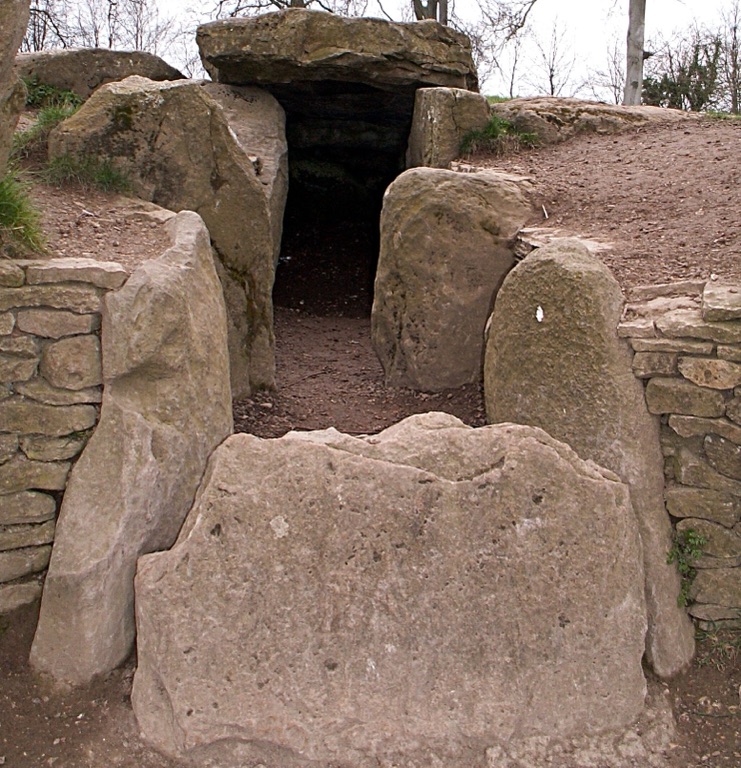
Wayland’s Smithy
Nestled within the lush landscape of the Berkshire Downs, Wayland’s Smithy tells a tale as old as time. This Neolithic long barrow resonates with the mystique of ancient civilizations. Legend intertwines with history, suggesting a forge run by the mythical blacksmith Wayland. It remains a captivating enigma, drawing visitors to explore its enshrouded past. The atmospheric site, featuring an awe-inspiring stone chamber, is a testament to the sophisticated construction skills of our ancestors. Admirers of archaeology and folklore alike are captivated by the legacy etched into this historic monument.
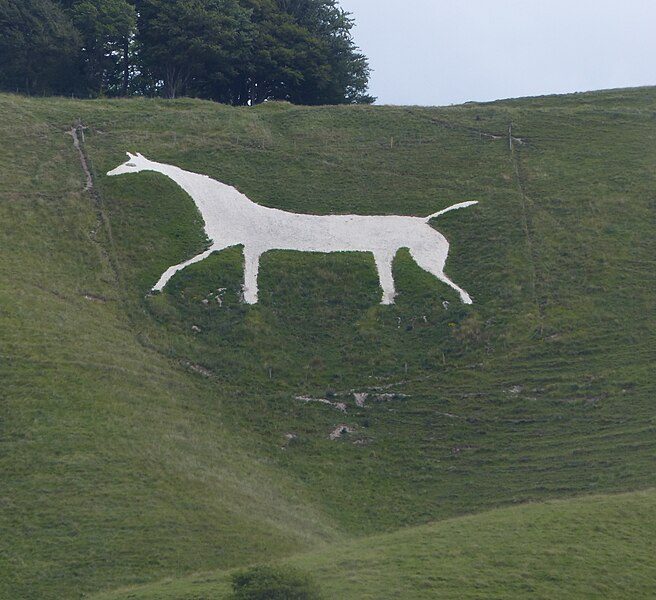
Pewsey White Horse
The Pewsey White Horse is a charming historical landmark, etched into the rolling hills of Wiltshire, England. This captivating hill figure, cut in the shape of a horse, fascinates with its rich heritage and mystical allure. Nestled in the North Wessex Downs, it commands a breath-taking view over Pewsey Vale, framing the landscape with ancient artistry. The figure’s precise origins remain shrouded in mystery, although it is widely recognized as a significant cultural symbol, reflecting the region’s deep historical roots.
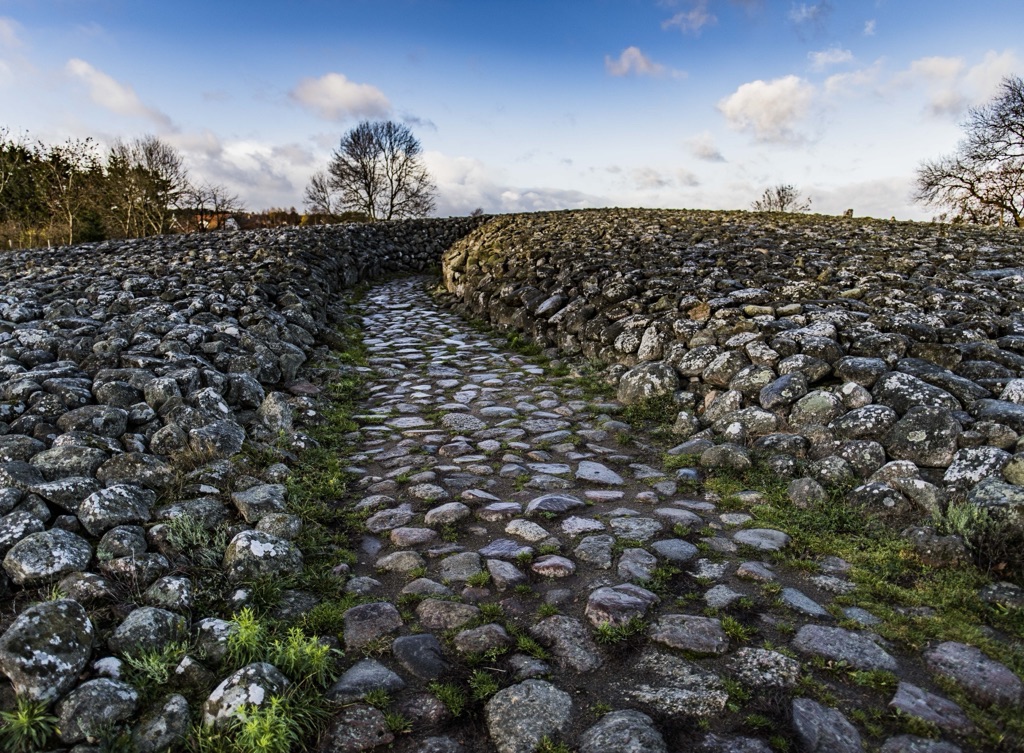
Kiviksgraven
Delve into the past with a visit to Kiviksgraven, also known as the King’s Grave. This splendid archaeological site in Sweden dates back to the early Bronze Age. It’s hailed for its substantial circular stone setting and elaborate interior decorations. Visitors marvel at the ancient carvings depicting suns, ships, and people. Kiviksgraven stands out not only for its historical significance but also for the way it connects visitors to the past. As one of the most impressive Nordic Bronze Age attractions, it stirs the imagination about the region’s early inhabitants.

